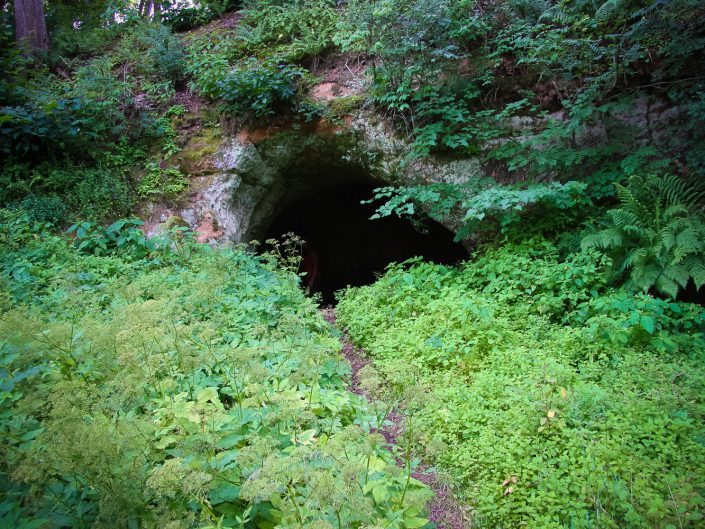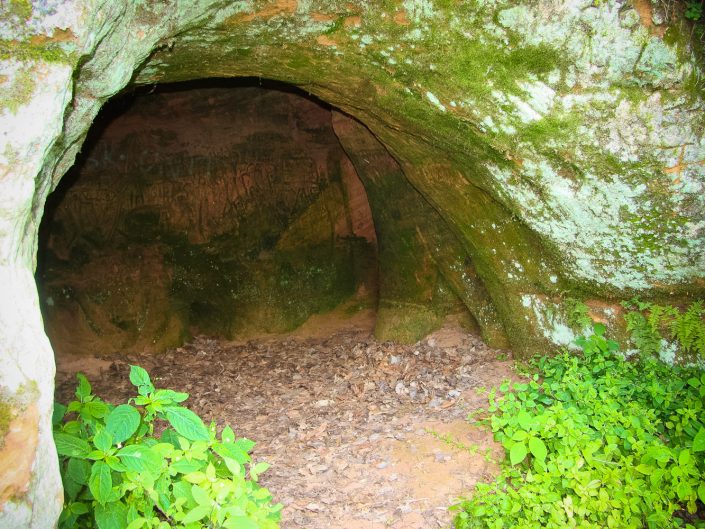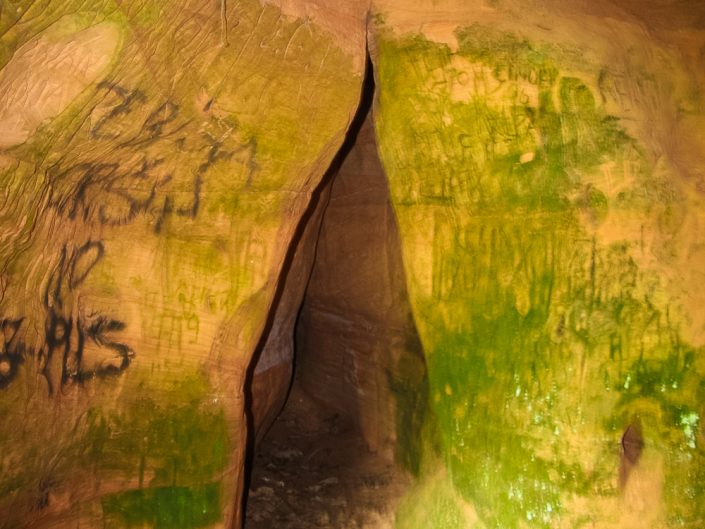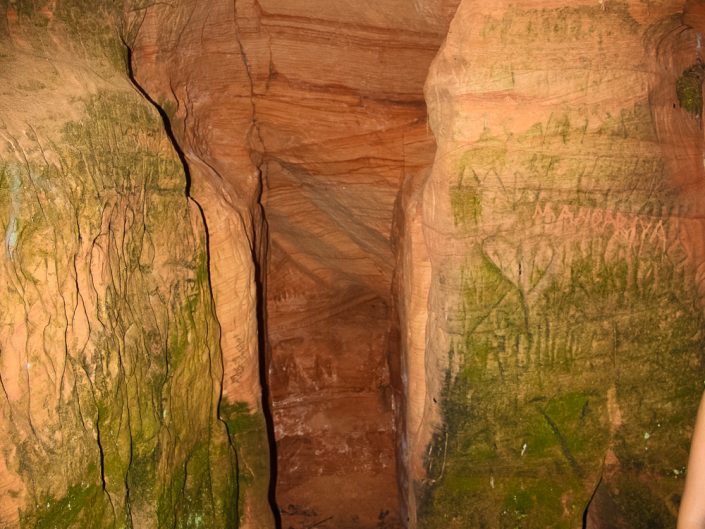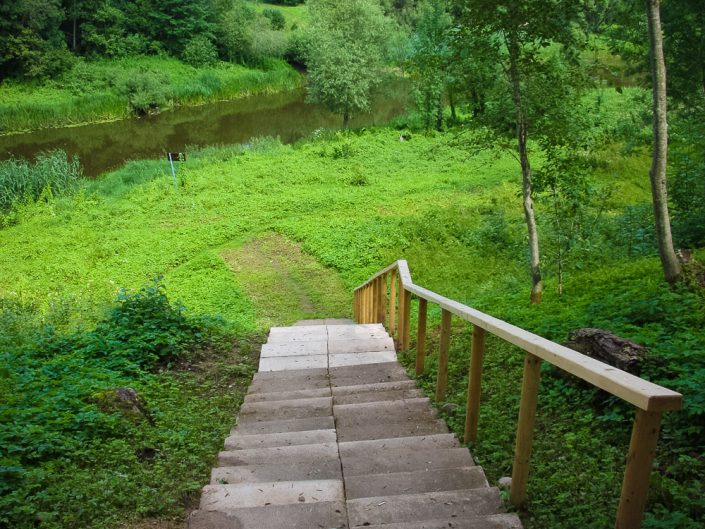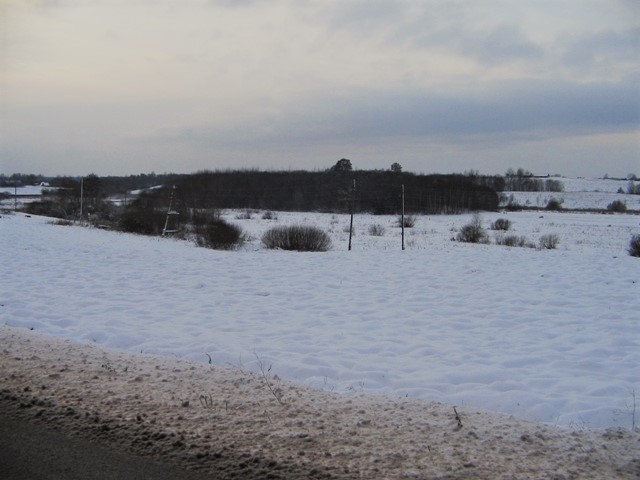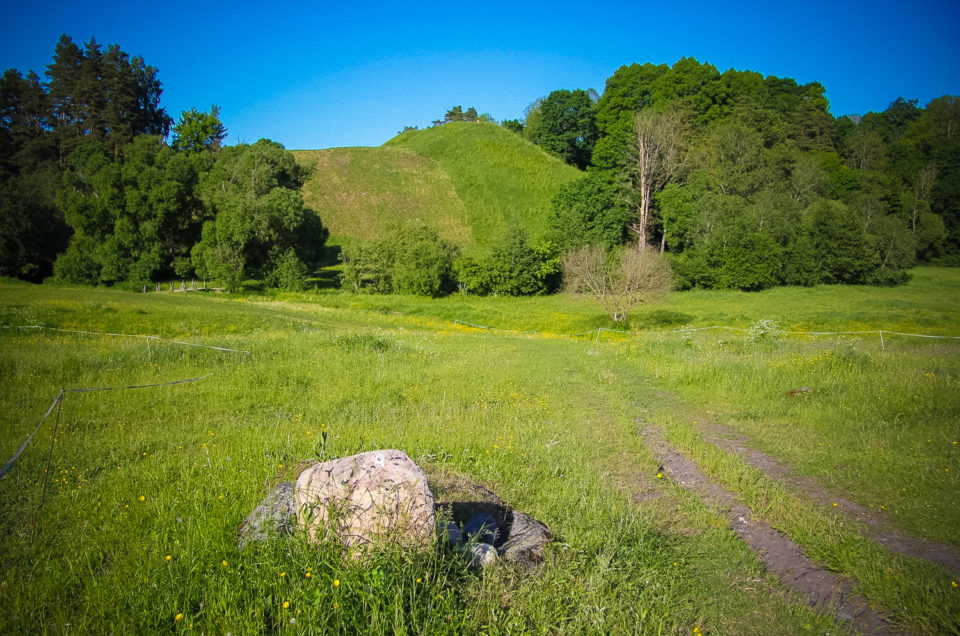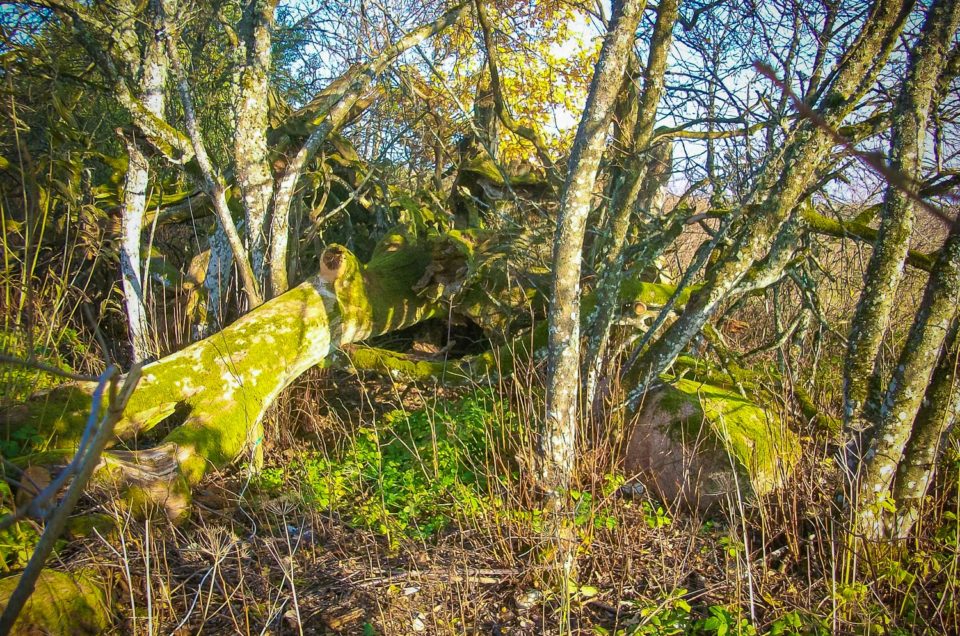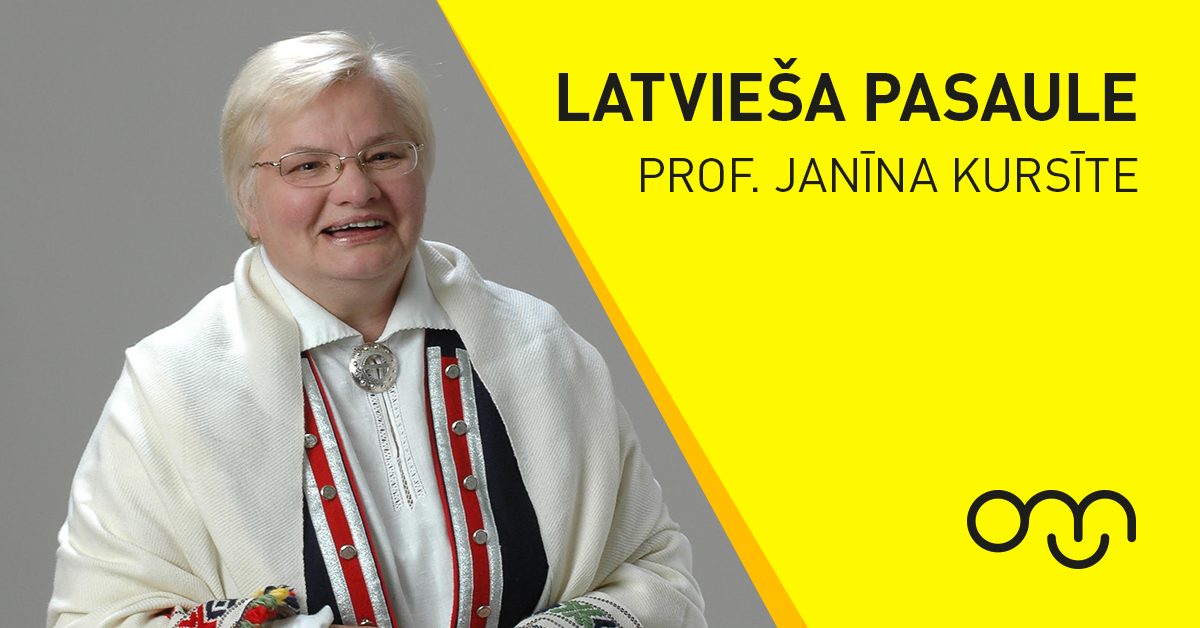Also called Skaņkalne Sacrificial Cave or Līvs’ Cave. The cave is located at the ancient Livs’ Hill Fort which was populated in the late iron age. Most likely, the hill fort inhabitants used the cave as a place for worshipping the gods. Fragments of decorated containers have been found here. In 1977 the cave was listed as a cult cave. (J. Urtāns, ZA Vēstis, 1977, No. 2; ed. J. Turlajs. Latvia Guide (Latvijas ceļvedis)). – Rīga, Jāņa sēta, 2004; A. Grīnbergs. Sacrificial Caves in Latvia (Upuralas Latvijā), 2008, published by Ziemeļvidzemes ģeoparks, 2010–2011, ER). Currently in Latvia 3 sacrificial caves are known all of which are in Northern Vidzeme. The length of the cave is 10.7 m, its largest height is 4 m, the largest width – 4.2 m, area – 17.5 m². A protected geological site. An archaeological monument of local significance (State Inspection for Heritage Protection, No 2492). Other sites nearby: Mazsalaca, Skaņaiskalns Nature Park, Swallow Rocks (Bezdelīgu Klintis).
“In ancient times there was a spring with salted water at the current Skulberģi manor rock; ancestors used it instead of salt. However, an iron man built a castle near the spring and let people scoop water from the spring only at a certain cost. The people complained and grieved about it, and the spring dried up – all the salted water ran into a river and left just a cellar form on its site. This is where the name Sālsace or Salaca arose.” (S. Laime, 2009)

Added by
www.latvijas-pilskalni.lv, www.senvietas.lv un hillforts.eu izveidotājs un uzturētājs.
